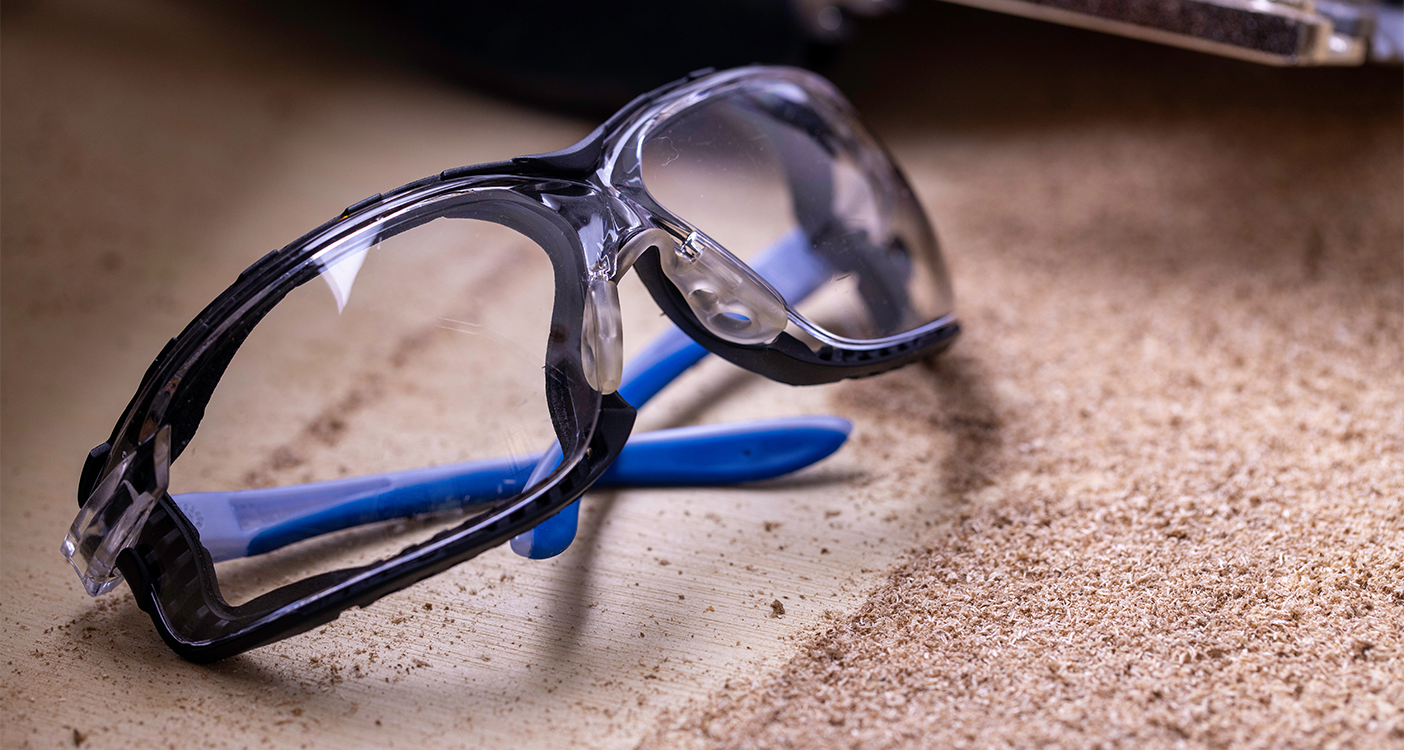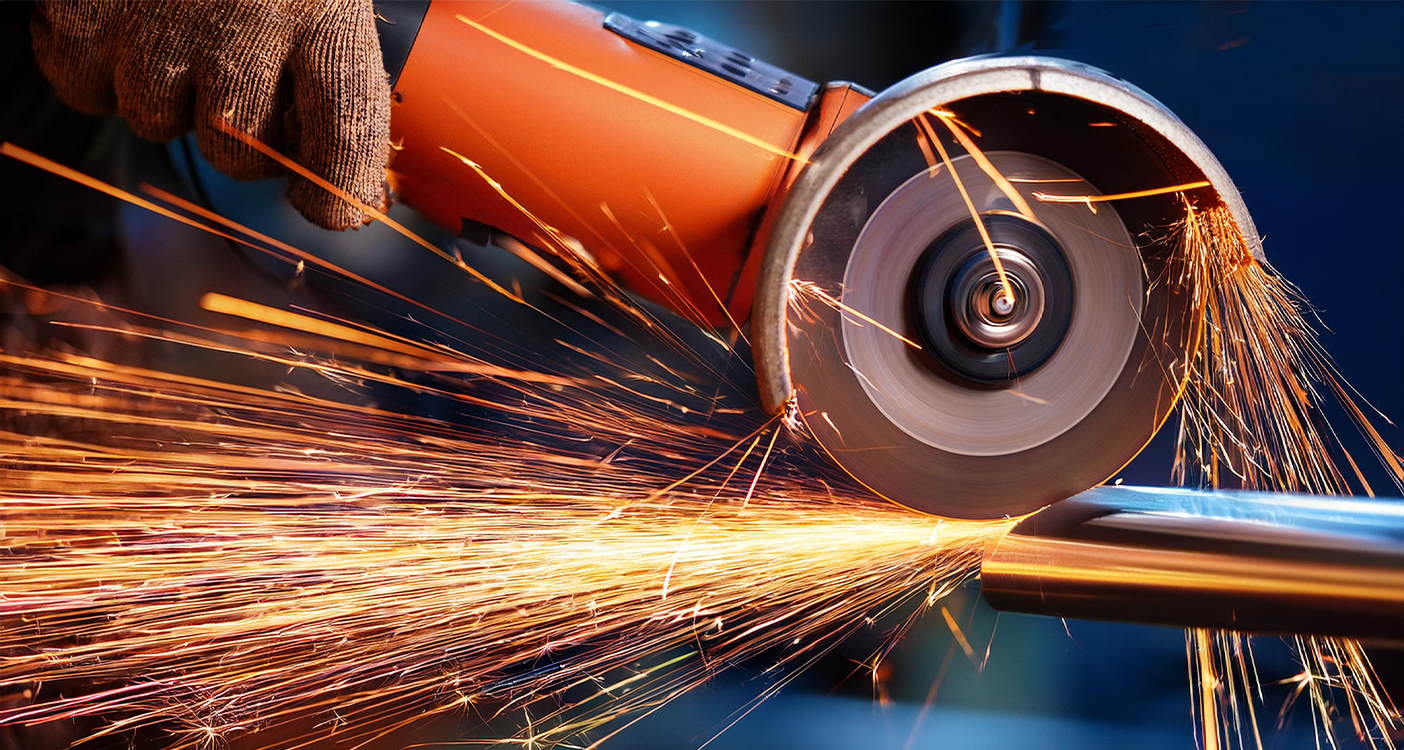|
|
|  | Eye ProtectionEye injuries are common in the workplace and are typically associated with activities such as hammering, grinding, sanding, handling chemicals, working in dusty environments, and welding that produce hazards like flying particles, splashed liquids, and ultraviolet radiation.
Although some eye injuries are minor, even a simple scratch from wood, cement, or drywall dust can cause lasting pain. More serious injuries can puncture the eye and lead to vision loss with life-long consequences. It's important that you understand where eye hazards may exist in your work area and the necessary measures to keep yourself and those around you safe.
If your job exposes you to potential eye hazards, ensure you are up-to-date on your biennial Personal Protective Equipment (PPE) safety training in myHR Learn. | |
|
| Eye-opening statistics60% of eye injuries are a result of workers not wearing any eye protection at the time of the accident. Of the remaining 40%, injured workers were wearing the wrong type of eye protection, allowing objects or chemicals to go around or under the eyewear frames and make contact with the eyes.
Flying or falling objects and sparks are the cause of 70% of eye injuries, while 20% are caused by contact with chemicals being splashed or sprayed into the eyes. |
|
| Did you know?According to the U.S. Bureau of Labor Statistics (BLS), nearly 20,000 eye injuries occur in the workplace each year and often require one or more missed work days for recovery. These injuries range from simple eye strain to severe trauma that can cause permanent eye damage or vision loss.
Here at Northwestern, there were 42 eye-related injuries in the past five years! |
|
|
| Eye protection selectionThere are many options when selecting eye protection. Look for the following American National Standards Institute (ANSI) markings on the eyewear to ensure you choose adequate eye protection for the task. Contact your supervisor or Environmental Health and Safety at ehs@northwestern.edu for assistance.
- Z87: All safety eyewear must have this mark
- Z87+: Impact protection from flying objects and debris
- Z87 D3: Liquid droplet and splash protection
- Z87 D4: Dust protection (e.g., working above ceilings)
- Z87 D5: Fine dust and chemical vapor protection
Other considerations
- Hazardous chemicals: Adhere to the specific PPE and usage requirements in the safety data sheet (SDS).
- Welding (light radiation): Refer to the Occupational Safety and Health Administration (OSHA) standards to select the appropriate goggles or helmet lens 'shade.'
- Prescription eyewear: Safety eyewear conforms to a higher standard than regular eyeglasses. If you wear corrective eyeglasses, inform your supervisor. Many manufacturers offer solutions, such as installing prescription lenses in ANSI-compliant safety eyewear.
|
|
| Safety tips
- Reduce potential eye injury hazards before starting work by using machine guards, work screens, or other engineering controls.
- Identify eye injury hazards and locate the nearest eye wash station before you start work, and always wear the correct eye protection.
- Make sure that your eye protection fits properly, does not interfere with other safety equipment, is clean, and working properly, and replace it when damaged.
- Use face shields in conjunction with safety glasses or goggles for protection from flying objects or chemical splashes.
Medical response
- Notify your supervisor immediately if you sustain an eye injury and call 911 if it is serious.
- Do not rub your eyes if injured by small particles such as wood, cement, drywall dust, or chemicals. Use an eyewash station to rinse the eye for at least 15 to 20 minutes.
- Seek medical assistance for cuts, punctures, and objects in the eyes such as metal slivers, rebounding nails, or wood shavings. Do not try to remove objects yourself.
|
|
|
| Do you want to learn more? |
|
|
|
|



